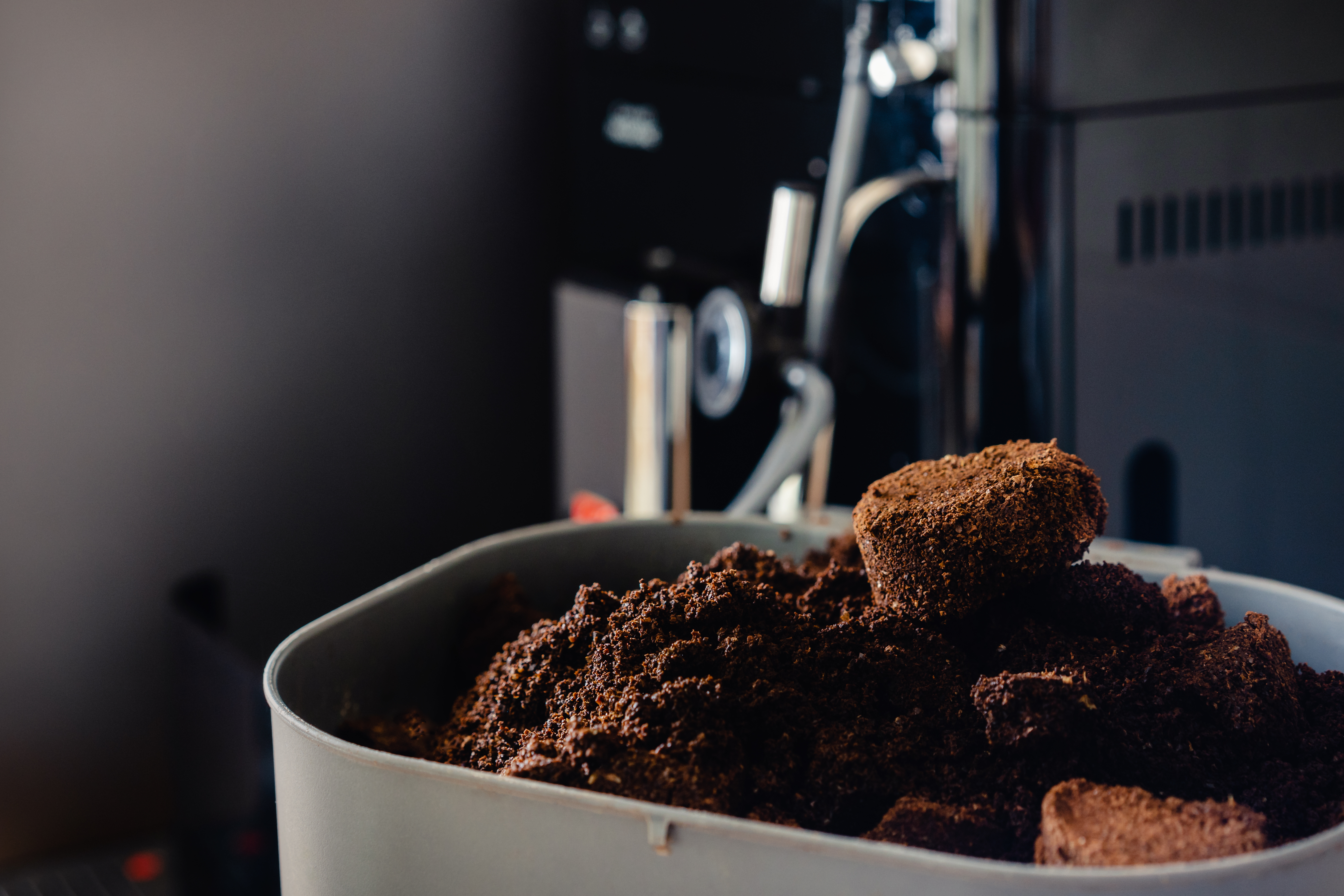8 Surprising Uses for Used Coffee Grounds
Keep Hold of Your Grounds!
Many of us throw used coffee grounds into general waste, assuming that the environmental impact is minimal because coffee is biodegradable. However, discarded coffee grounds emit methane when in landfills, a greenhouse gas 34 times stronger than carbon dioxide.
So you're probably wondering what else you can do with your used coffee grounds. Instead of throwing them away, there are many innovative and eco-friendly ways to repurpose them. Not only will you reduce your environmental impact, but you'll also discover some creative and surprising uses for leftover coffee grounds.
Here are 8 uses for what to do with used coffee grounds at home:
Compost your Coffee Grounds
This is one of the simplest ways to keep your coffee grounds out of the garbage. Used coffee grounds are a great source of nitrogen, which is essential for breaking down organic materials into nutrient-rich fertilizers.
If you don't already have a compost bin, start by collecting all of your organic kitchen waste (fruits, vegetables, eggshells, and so on) in a single container outside your garden. To keep fruit flies at bay, use a lid and empty it outside on a regular basis.
When you're ready to compost, spread the coffee grounds thinly over the soil and lightly dig them through. If you don't have your own garden to store or use the compost in, see if any friends, family, neighbours, or local allotments have any available.
Use Grounds as Raw Fertilizer and Feed the Worms
If you have your own garden, outdoor planters, vegetable patch, or allotment (or know someone who does), you can use old coffee grounds as a slow-release fertiliser.
Coffee grounds contain a substantial amount of nitrogen, as well as potassium, phosphorus, and other micronutrients, making them an excellent slow-release fertiliser for plants.
To promote drainage, water retention, and aeration, distribute coffee grounds thinly over the soil and lightly dig them through. The grounds also attract earthworms and other helpful microbes to the nutrient-rich soil.
Grow Gourmet Mushrooms in your Old Coffee
Did you know that you can grow mushrooms using used coffee grounds? Mix the grounds with straw and spores, cultivate them in sealed bags, and incubate them in the dark at 20-24°c for 2-3 weeks. Then, add holes to the bags and place them in autumn conditions. A couple of weeks later, you'll have fresh, gourmet mushrooms!
The advantage of using coffee grounds over other organic materials is that they have already been sterilised during the brewing process. Normally, the straw or sawdust must be pasteurised with hot water or steam, however, using coffee grounds eliminates this step.
Use your Old Grounds to Deter Snails, Slugs and Cats from the Garden
Coffee grounds' gritty texture can deter slugs and snails from eating your flowers and plants, making them fantastic organic pesticides. Equally, cats dislike the strong smell of coffee grounds, and scattering them around your lawn or driveway might dissuade them from spraying, giving a gentle, chemical-free deterrent.
Touch-Up Furniture Scratches
They can be used to lessen the appearance of surface scratches on hardwood furniture because of the natural colour of coffee and the minimally abrasive texture of the grounds. Mix your old coffee grounds with a small bit of olive oil, and then lightly massage over the scrape with a small corner of cloth or cotton wool. 5-10 minutes later, wipe clean and repeat if necessary.
Used Coffee Grounds can Absorb Strong Odours
Fresh coffee grounds are incredibly absorbent, which is why they can degrade if left unsealed in your fridge. However, these absorbent characteristics have the ability to absorb undesirable scents as well. An open jar of dried, old coffee grounds in your fridge will help keep odours at bay.
Coffee Grounds as Fuel
You can buy fuel for fires and wood burners produced from compacted coffee grounds, and there are even guides for creating your own fuel pellets from grounds at home.
Bio-bean is a pioneer in the push to convert wasted coffee grinds into clean biofuel that can be used to generate sustainable power. This could provide a significant new source of sustainable energy in the future, as well as a means to utilise the 500,000 tonnes of waste coffee grounds produced in the UK each year.
Treat Under-Eye Circles and Exfoliate the Skin
Coffee grounds offer a range of benefits for the skin. They contain high levels of antioxidants and caffeine, which can help prevent aging and reduce under-eye circles. Caffeine has anti-inflammatory properties and can stimulate blood circulation around the eyes, reducing dark circles and swelling. The antioxidants in coffee fight free radicals that contribute to skin aging. To use, create a paste with coffee grounds and water or coconut oil, apply under the eyes, and rinse after 10 minutes.
Additionally, coffee grounds are an effective exfoliant agent for removing dirt and dead cells from the skin. Mix coffee grounds with water or coconut oil and scrub onto the face and body. For a lip scrub, mix with a small amount of honey.
Furthermore, the caffeine in coffee grounds has potent antioxidant properties that can protect the skin from sun damage and increase blood flow, promoting overall skin health. Incorporating coffee grounds into your skincare routine is a simple way to achieve healthy, glowing skin.

